A complete Kubota engine assembly includes many key components, each of which plays an important role. Here is an introduction to the components that may be covered:
- Engine Block: The main structure of the engine, used to accommodate internal components such as pistons, crankshafts, connecting rods, etc., and provide support and stability.
- Crankshaft: A component that converts the up and down reciprocating motion of the piston into rotational motion. It is a key component of the engine’s power output.
- Connecting Rod: The component that connects the crankshaft and the piston, transmitting the force of the piston movement to the crankshaft.
- Piston: A component that reciprocates up and down in the cylinder, pushing the crankshaft to rotate through the explosive force in the combustion chamber.
- Cylinder Head: The component covering the top of the cylinder, including the cylinder head and valves, etc., used to seal the combustion chamber and control the opening and closing of the valves.
- Valves: movable parts that control intake and exhaust, divided into intake valves and exhaust valves.
- Valve Train: Including valves, valve springs, camshafts and other components, used to control the opening and closing of valves and valve clearance adjustment.
- Cylinder Liner: A component located within the engine block that provides a sealing surface for piston movement and reduces friction and wear.
- Intake System: Including intake ducts, intake manifolds, air filters and other components, which introduce air into the combustion chamber.
- Exhaust System: Including exhaust pipes, exhaust manifolds, catalytic converters and other components, which discharge the burned exhaust gas out of the engine.
- Lubrication System: Includes oil pump, oil filter, oil cooler and other components to provide lubrication and cooling for the engine.
- Cooling System: Including water pump, radiator, water pipes and other components, used to cool the engine and maintain appropriate operating temperature.
- Ignition System (for gasoline engines): includes ignition coils, spark plugs, ignition control modules and other components, used to ignite and burn the mixture.
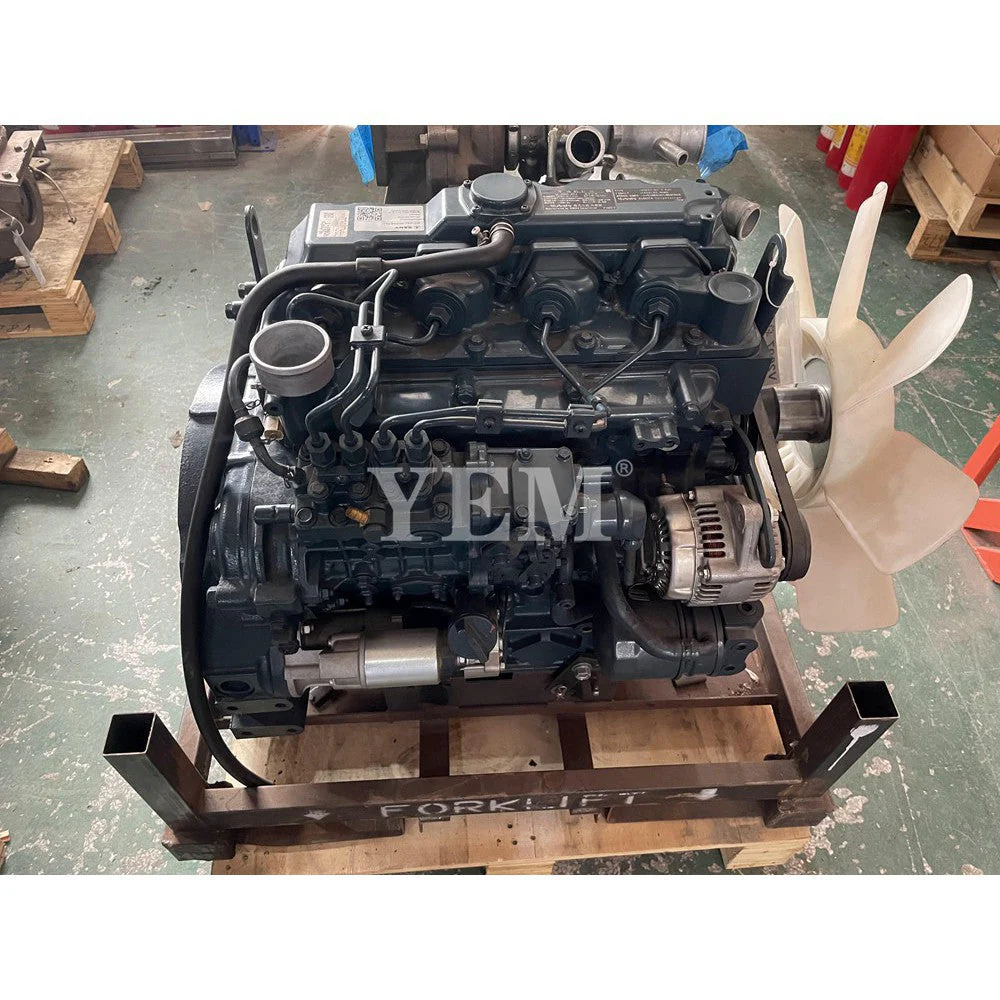
These components work together to form the core of Kubota’s complete engine, ensuring it operates properly and provides reliable power delivery.
The working principle of the Kubota engine can be summarized into four basic steps: suction, compression, deflagration and exhaust. Here is a detailed explanation of these steps:
- Intake: The piston moves downward, creating a low-pressure area, and the intake valve opens, allowing air and fuel to enter the cylinder. This mixture is called a mixture.
- Compression: The intake valve is closed, the piston moves upward, and the mixture is compressed to a high pressure state. This increases the temperature and pressure of the mixture, making it easier to ignite.
- Combustion: When the mixture is compressed to the highest pressure, the ignition system triggers the spark plug to generate sparks, igniting the mixture. The high-temperature and high-pressure gas produced by combustion pushes the piston downward.
- Exhaust: The piston moves upward again, and the burned exhaust gas is discharged from the cylinder through the exhaust valve, preparing for the next cycle.
This cycle is repeated continuously, driving the crankshaft to rotate and transmitting power through the connecting rod to the transmission system of the vehicle or machine to achieve power output. This is the basic working principle of Kubota engine.
The assembly process of the Kubota engine is usually a precise and systematic process involving multiple links and steps. The following is a rough assembly process:
- Parts Preparation: First, all required parts will be prepared. These components may include engine blocks, crankshafts, connecting rods, pistons, cylinder heads, valve trains, cylinder liners, and more.
- Cleaning and Inspection: Before assembly, all parts are usually cleaned to ensure that there is no dirt or impurities on the surface. At the same time, parts are inspected to ensure they meet quality standards and any defective parts are repaired or replaced.
- Assemble the engine block: The engine block is the core of the entire engine, and various parts will be installed on the engine block. This includes crankshaft installation, cylinder liner installation, piston and connecting rod installation, etc.
- Install the cylinder head and valve train: The cylinder head and valve train will be installed on the engine block. This may involve the installation of cylinder head gaskets, valve guides and valve springs.
- Install the intake and exhaust systems: Components of the intake and exhaust systems, such as intake ducts, exhaust ducts, intake manifolds, exhaust manifolds, etc., will be installed on the cylinder head superior.
- Lubrication and cooling system installation: Key components of the lubrication system and cooling system, such as oil pumps, water pumps, radiators, etc., will be installed on the engine block and connected to the corresponding pipes.
- Ignition System (Only Applicable to Gasoline Engines) Installation: If it is a gasoline engine, the various components of the ignition system, such as ignition coils, spark plugs, ignition control modules, etc., will be installed in the appropriate positions.
- TESTING AND TUNING: After final assembly, the engine usually goes through rigorous testing and tuning. This includes running the engine to ensure it is working properly and adjusting various parameters to ensure performance and reliability.
- Final Inspection and Packaging: Finally, the assembled engine undergoes a final inspection to ensure there are no missing items or issues. It is then packed and ready to be shipped to the customer or installed on the appropriate machine or vehicle.
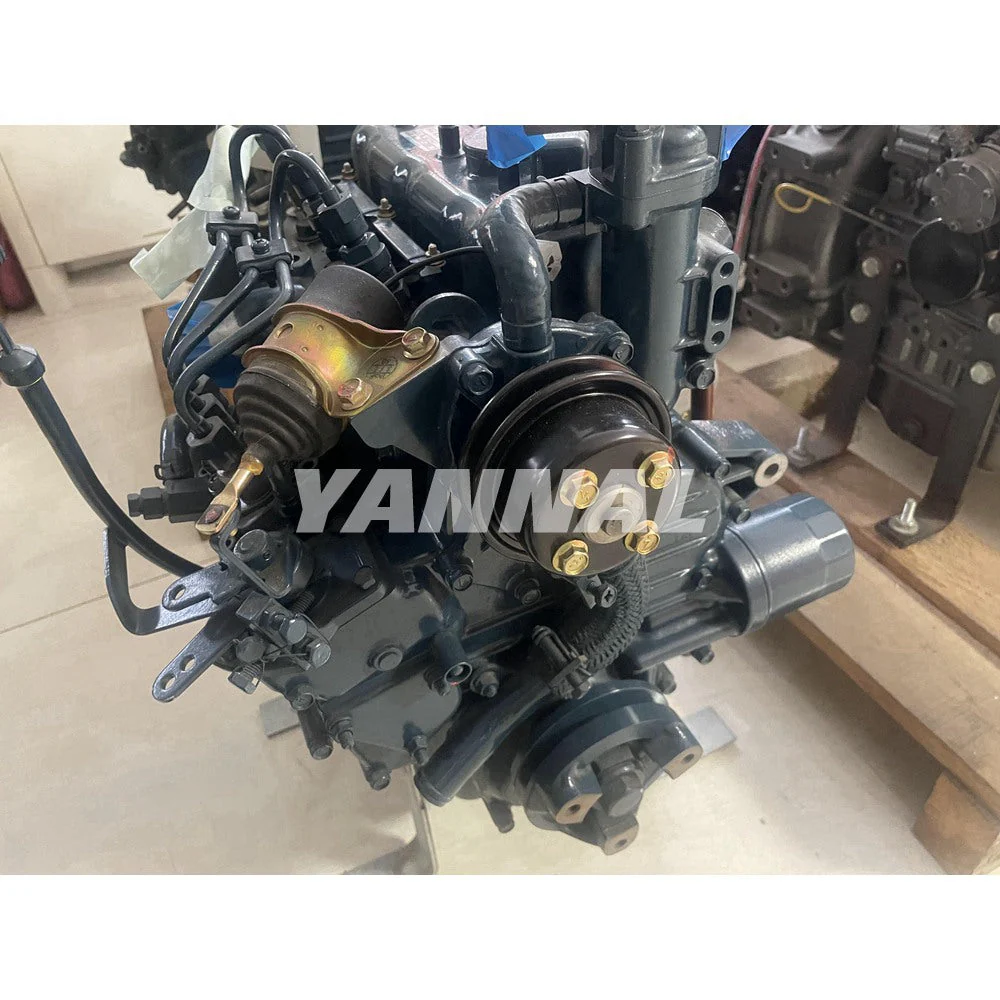
These steps may vary depending on the specific product model and manufacturing process, but generally a similar process is followed to ensure engine quality and performance.
The Kubota engine comes with a range of performance and features that make it popular in the market. Here are some of the main aspects:
- Reliability: Kubota engines are known for their excellent reliability. They are carefully designed and rigorously tested to ensure continued and stable performance under a variety of operating conditions.
- Efficiency: These engines typically have efficient combustion and power delivery systems, allowing them to provide more power output with less fuel consumption.
- Durability: Kubota engine parts and components are precision manufactured and use high-quality materials to ensure long-term durability and good performance.
- Low Emissions: With the increasing awareness of environmental protection, Kubota engine also actively responds to environmental challenges. They often feature advanced emission control technology to reduce exhaust emissions and comply with the latest emission standards.
- Adaptability: Kubota engine can be used in various application scenarios, including agricultural machinery, construction equipment, generator sets, etc. They perform well in different work environments.
- Ease of Maintenance: These engines are usually designed to be easy to service and maintain, with easy parts replacement, and good service manuals and support services are provided to ensure that users can easily perform maintenance work.
- High cost-effectiveness: Considering its reliability, durability and performance, Kubota engines generally have high cost-effectiveness, providing users with a great value for money option.
Overall, the Kubota engine enjoys a good reputation in the market, and its excellent performance and features make it one of the engines of choice in many application fields.
The Kubota engine is widely used in many fields, and its reliability, efficiency and adaptability make it an ideal choice for many industries. Here are some of the main application areas:
- Agriculture: Kubota engines are widely used in agricultural machinery, such as tractors, harvesters, irrigation pumps, etc. They provide enough power and reliability to adapt to different farm operation needs.
- Construction and Engineering: In the construction and engineering fields, Kubota engines are used in a variety of equipment, including excavators, bulldozers, cranes, etc. Its efficiency and durability can meet the power needs of heavy construction machinery.
- Power generation: Kubota engines are also widely used in generator sets to provide reliable power supply to factories, commercial buildings and remote areas. Its stable performance and low emissions make it ideal for backup power and primary power sources.
- Ship: In the field of ships, Kubota engines are often used in ship power systems, including fishing boats, yachts, patrol boats, etc. Its efficiency and reliability enable ships to sail at sea for long periods of time without restrictions.
- Gardening and Gardening: Kubota engines are also used in gardening and gardening equipment such as lawn mowers, weed eaters, sprayers, etc. They offer enough power and performance to handle a variety of garden maintenance tasks.
- Industrial Applications: In addition to the above fields, Kubota engines are also used in various industrial applications, including air compressors, pumps, compressors, etc. They provide a reliable source of power for industrial equipment and ensure efficient operation of production lines.
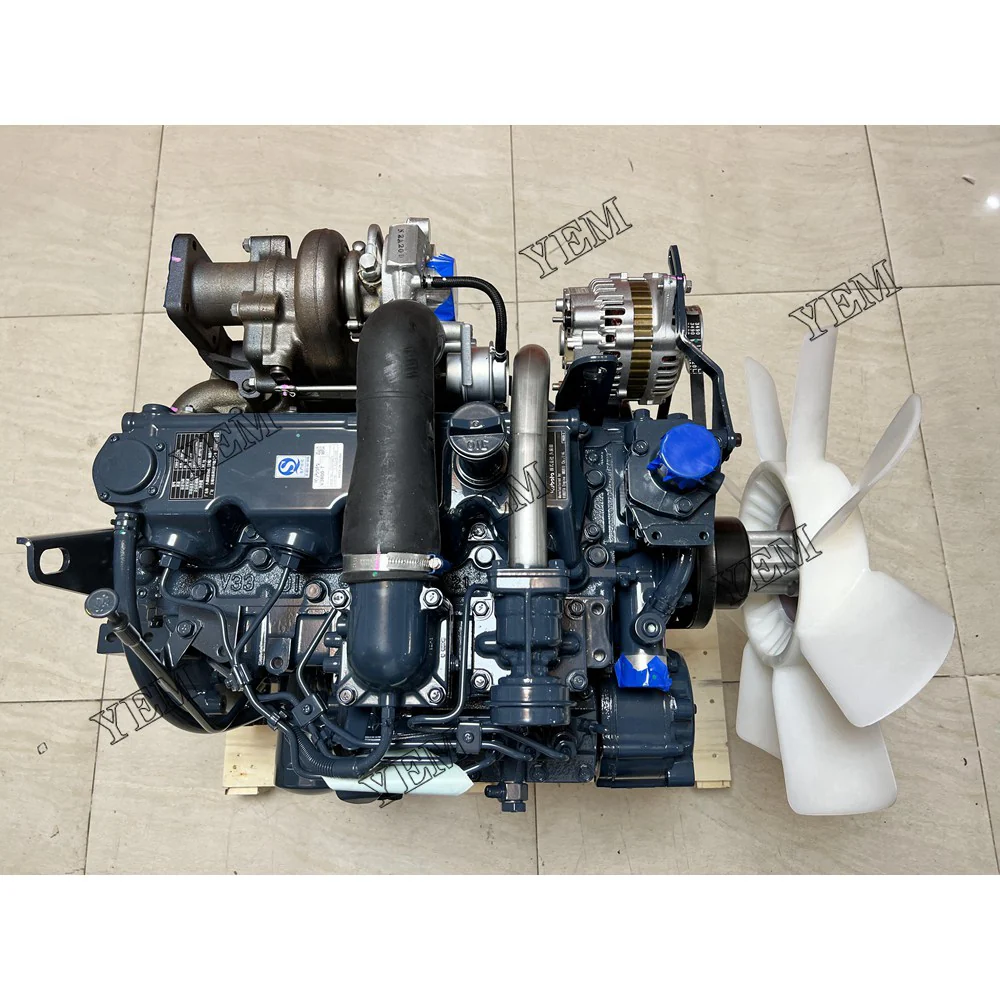
Overall, the Kubota engine has demonstrated its excellent performance and adaptability in multiple fields, becoming one of the preferred power solutions in many industries.
The performance and features of the Kubota engine are one of the key factors that make it popular in the market. Here’s more information about its performance and features:
- Reliability: Kubota engines are known for their excellent reliability. Carefully designed and rigorously tested, these engines provide stable performance under a variety of operating conditions, reducing the risk of machine or vehicle downtime due to powertrain failure.
- Efficiency: Kubota engines usually have efficient combustion and power transmission systems, allowing them to reduce fuel consumption while providing more power output. This allows users to run their equipment or vehicles more economically.
- Durability: Kubota engine parts and components are precision manufactured and use high-quality materials to ensure long-term durability. This means users can rely on these engines to perform well over the long term and reduce the frequency of repairs and replacement parts.
- Low Emissions: Kubota engines actively respond to environmental challenges and adopt advanced emission control technology to reduce exhaust emissions and comply with the latest emission standards. This allows it to be widely used despite increasingly stringent environmental regulations.
- Adaptability: Kubota engine can be used in various application scenarios, including agriculture, construction, power generation, ships and other fields. These engines perform exceptionally well whether in harsh environmental conditions or in high-intensity work environments.
- Ease of Maintenance: Kubota engines are generally designed to be easy to service and maintain. Parts are easy to replace, and good maintenance manuals and support services are provided, allowing users to easily perform maintenance work, reducing downtime and repair costs.
- Good value for money: Considering its reliability, durability and performance, Kubota engines generally have high cost performance. They offer users great value for money, making them the preferred power solution in many industries.
Taken together, the Kubota engine enjoys a good reputation in the market with its excellent performance and features, and is widely used in power needs in various fields.
Kubota engine maintenance and upkeep is critical to maintaining its performance and extending its service life. Here are some important aspects regarding care and maintenance:
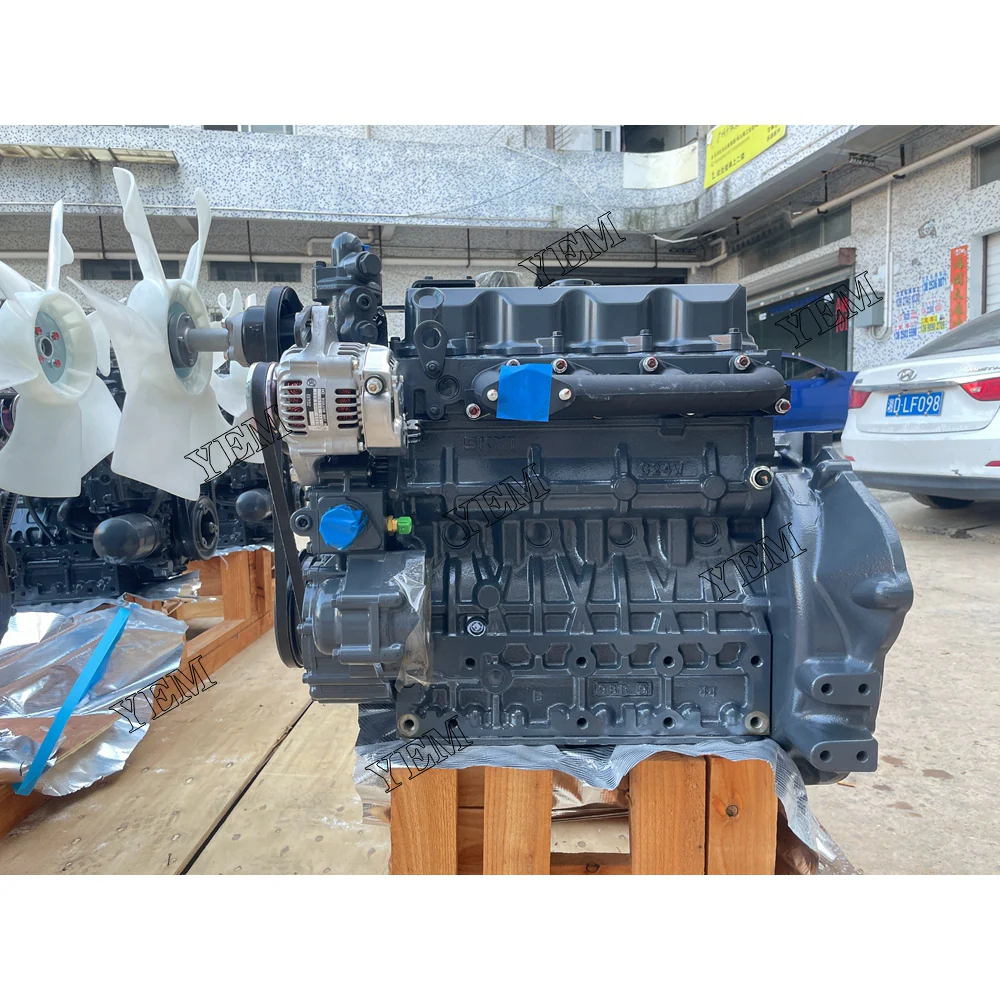
- Regular inspection and maintenance: Regular inspection and maintenance of the engine is the key to ensuring its good operation. This includes changing key components such as oil, air filter, fuel filter, as well as lubrication and adjustments.
- CLEAN: Keeping your engine clean is an important way to prevent the build-up of dust, oil, and other impurities. Clean the engine casing and cooling fan regularly to ensure good heat dissipation and air circulation.
- Watch Fluids: Check coolant, lubricant, and fuel levels regularly and make sure they are at the appropriate levels. Replace old fluid promptly to prevent engine overheating or damage from insufficient lubrication.
- KEEP IT RUNNING: Avoid overloading the engine and follow the manufacturer’s recommended operating guidelines to ensure the engine is used within the appropriate load range. Prolonged high-load operation may accelerate engine wear and damage.
- Regular replacement of parts: Regularly check the wear of key components and replace them in time as needed. This includes components such as spark plugs, belts, bearings, etc. to ensure engine reliability and performance.
- Use original accessories: When replacing parts, try to choose original accessories to ensure their quality and suitability. Using low-quality or inappropriate parts may result in reduced engine performance or damage.
- Regular Inspections: Conduct comprehensive engine inspections regularly, including compression tests, ignition system inspections, fuel system inspections, etc., to ensure the normal working status of each engine component.
By following these maintenance and upkeep recommendations, you can ensure your Kubota engine maintains peak performance and extend its service life, reducing downtime and repair costs.
Kubota has been continuously innovating technology to improve the performance, reliability and adaptability of its engine products. The following are some aspects of Kubota engine technology innovation:
- Low Emission Technology: Kubota engine adopts advanced low emission technology, including emission control system and exhaust gas after-treatment technology, to meet increasingly stringent environmental regulations and reduce the impact on the environment.
- Efficient Combustion System: In order to improve fuel utilization and power output, Kubota continuously improves the engine’s combustion system and optimizes fuel injection, cylinder design and ignition system to achieve higher thermal efficiency.
- Electronic control technology: Introduce advanced electronic control technology, such as electronic fuel injection system, intelligent electronic control unit (ECU), etc., to improve the accuracy, responsiveness and adjustability of the engine.
- Intelligent monitoring system: In order to improve the reliability and safety of the engine, the Kubota engine is equipped with an intelligent monitoring system, which can monitor the working status of the engine in real time and provide early warning and fault diagnosis functions.
- Lightweight Design: By using advanced materials and structural design, Kubota is committed to reducing the weight and volume of the engine, improving power density and the overall efficiency of the vehicle/equipment.
- Hybrid technology: Actively explore hybrid and electrification technologies and apply them to engine products to further improve fuel economy, reduce emissions and meet increasingly stringent environmental standards.
- Data-driven optimization: Using big data analysis and machine learning technology, Kubota continuously optimizes the design and performance of the engine to meet the needs of different application scenarios and provide personalized solutions.
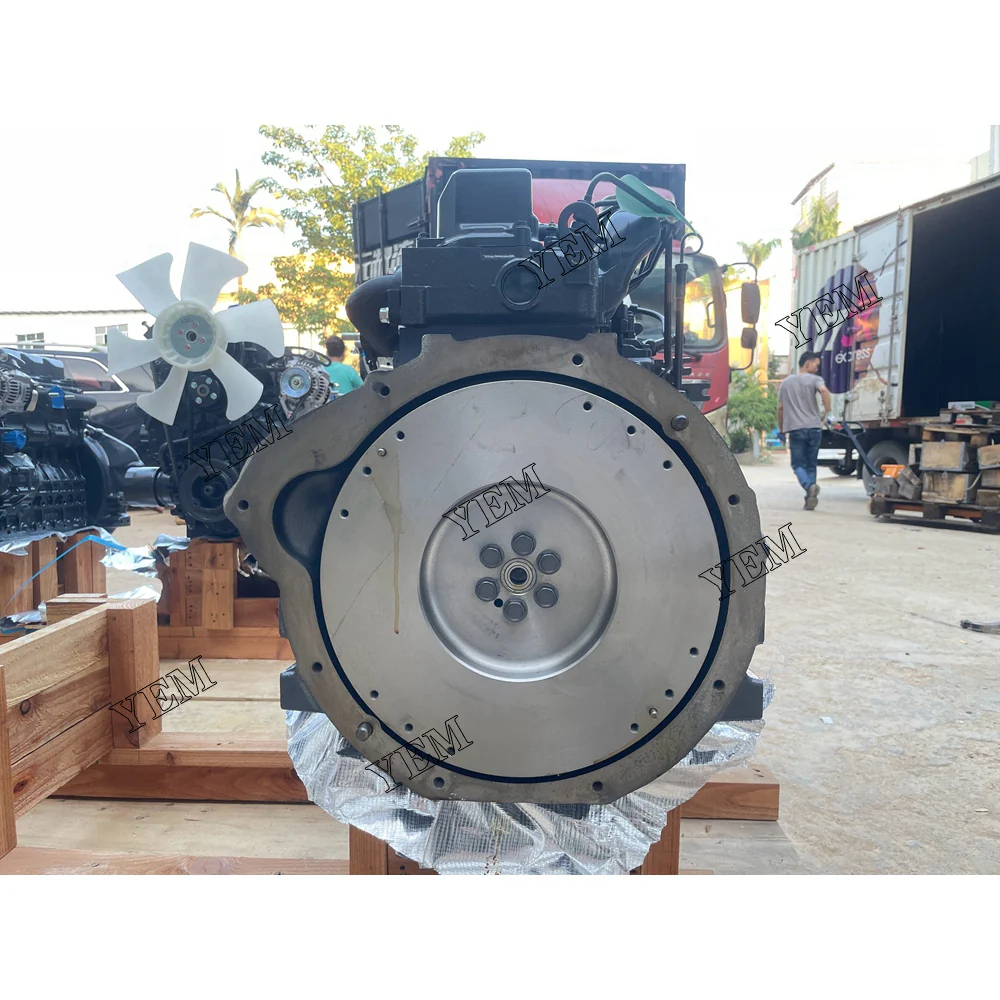
Through these technological innovations, Kubota is committed to continuously improving the competitiveness of its engine products, meeting the changing needs of customers, and contributing to sustainable development.
Discover the Excellence in Excavator Parts with YEM Excavator Parts Team
At YEM Excavator Parts Team, we pride ourselves on being your trusted partner in providing top-quality parts for excavators. With years of dedicated experience in the industry, our team is committed to delivering exceptional solutions tailored to meet your specific needs.
Our extensive product range encompasses all facets of excavator parts, ranging from hydraulic systems to engine components and chassis parts. We meticulously source our parts from reputable manufacturers, ensuring that each piece meets stringent standards of quality and durability.
What truly sets us apart is our unwavering dedication to outstanding customer service. We understand the urgency of your requirements, and our knowledgeable team is readily available to address your inquiries and requests promptly. Whether you’re seeking assistance in identifying the right parts for your excavator model or need detailed installation and maintenance guidance, we’re here to help every step of the way.
Contacting our dedicated excavator parts team is effortless – simply reach out to us through our website, email, or phone, and experience the difference in our personalized service. We are deeply committed to fostering long-lasting relationships with our valued customers and eagerly anticipate the opportunity to cater to all your excavator parts needs with excellence.
